Labradorite: Gemstone and Jewelry
Gemstones have been prized for their beauty and spiritual properties for centuries. Labradorite is one of those special gemstones that captures the imagination with its vibrant colors and mystical properties. Known as the “the magic stone,” labradorite is a favorite among many people who appreciate the stone’s unique beauty and energy. Labradorite is a type of feldspar and belongs to the plagioclase series of minerals. Feldspar is found in abundance in igneous, metamorphic, and sedimentary rocks. Labradorite is named after the Labrador Peninsula in Canada, where it was first discovered in the 18th century. The stone is also found in other parts of the world including, Russia, India, Madagascar, Norway, China, Mexico, and the United States.

What Makes Labradorite Unique?
One of the most fascinating aspects of labradorite is its unique optical properties. Labradorite is an iridescent stone that exhibits a play of colors known as labradorescence. This effect is caused by the reflection and refraction of light as it passes through the thin layers of the stone. The colors that are typically seen in labradorite are blue, green, and gold, but it can also have shades of purple, pink, and orange. The colors change depending on the angle of the stone and the angle of the light.
Another interesting characteristic of labradorite is its iridescence which creates a ghostly appearance of magical beauty. This makes it a captivating stone, and a popular gemstone used in jewelry. Due to the softness of labradorite, it is not as popular as a diamond, rubies, and emeralds, but it is still revered by many people for its unique beauty. Labradorite is a stone of transformation, balancing and soothing energy that clears negativity, enhancing intuition and psychic abilities.
It is also known for its ability to stimulate the imagination and creativity, making it a popular choice for artists, writers, and musicians. The gemstone is believed to contain a spiritual energy that helps to protect the wearer from negative energy while also improving their mental clarity and concentration.

The History of Labradorite:
While the origins of labradorite are uncertain, it is believed that the stone has been used for thousands of years by indigenous people for its healing properties. The Inuit people of Labrador, Canada, are believed to have used the stone for ceremonial purposes and believed that it was formed from frozen fire. It is believed that the Inuit people saw the light of the aurora borealis in the labradorite stones and believed them to have magical properties.
Labradorite also features in many folk tales around the world. In Finland, labradorite is known as the “fire stone,” and it features in many traditional stories. In one story, the people of a small village found a piece of labradorite and believed that it was a magical stone that brought good luck. The stone became a symbol of good fortune, and the village prospered.

Labradorite in Jewelry:
Labradorite is a favorite among many designers for its unique optical properties and mystical qualities. Many jewelry designers use the stone as a centerpiece for rings, pendants, and earrings. The iridescence of labradorite is often combined with other gemstones and metals to create stunning pieces of jewelry.
Labradorite rings are especially popular, where the gemstone takes the center stage. They come in different shapes and styles, such as oval, round, square, pear, heart, and marquise. Some labradorite rings feature intricate designs, while others are simple and understated, relying solely on the beauty of the stone. Labradorite rings are a popular choice for engagement rings due to its unique beauty that adds a magical touch to the proposal.
Bracelets made from labradorite are also becoming increasingly popular. They usually come in a beaded design, featuring small labradorite stones strung together on an elastic cord. Some bracelets feature larger stones with sterling silver or gold-plated bands, where the labradorite takes the center stage. Labradorite bracelets are a great way to incorporate the stone’s mystical properties into your daily life.
Labradorite pendants are a versatile piece of jewelry that can be worn for any occasion. They are often set in sterling silver or gold and come in various shapes and sizes. Some pendants feature a single stone, while others have multiple labradorite stones arranged in a particular design, such as a flower or star.

How to Care for Labradorite Jewelry:
Labradorite is a relatively soft stone with a hardness of 6 - 6.5 on the Mohs scale, which makes it susceptible to scratches and damage. Therefore, it is important to follow the proper guidelines to care for your labradorite jewelry.
- Clean your labradorite jewelry regularly using a soft brush and warm soapy water. Ensure to clean the stone gently to avoid scratching its surface.
- Avoid exposing your labradorite jewelry to high temperatures or direct sunlight as this can diminish the color of the stone.
- Store your labradorite jewelry separately from other jewelry to prevent scratches and damage.
- Apply makeup, hairspray, and perfume before wearing your labradorite jewelry. Chemicals in these products can cause damage to the stone.
- When not wearing your labradorite jewelry, store it in a soft pouch or jewelry box to prevent damage.

Labradorite is a fascinating gemstone that captures the imagination with its unique optical properties. Its mystical properties and ability to transform negative energy are just a few of the reasons why labradorite is becoming increasingly popular in the jewelry world. While it may not have the durability of a diamond or topaz, it more than makes up for it with its magical qualities. Labradorite’s mesmerizing beauty makes it undoubtedly one of the most exciting gemstones today, and acquiring a piece of jewelry with a labradorite stone in it should be on your to-do list.




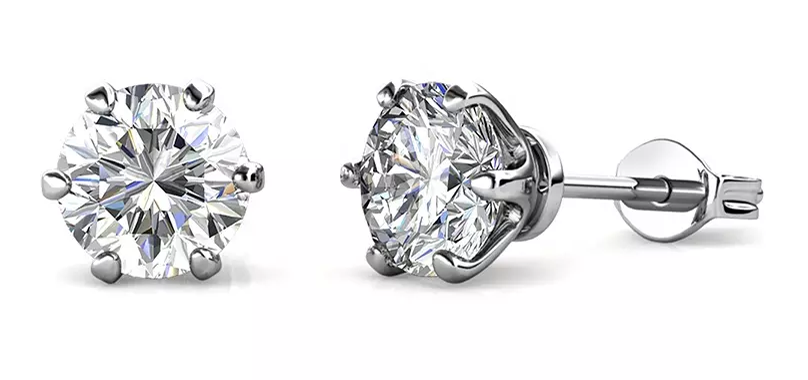
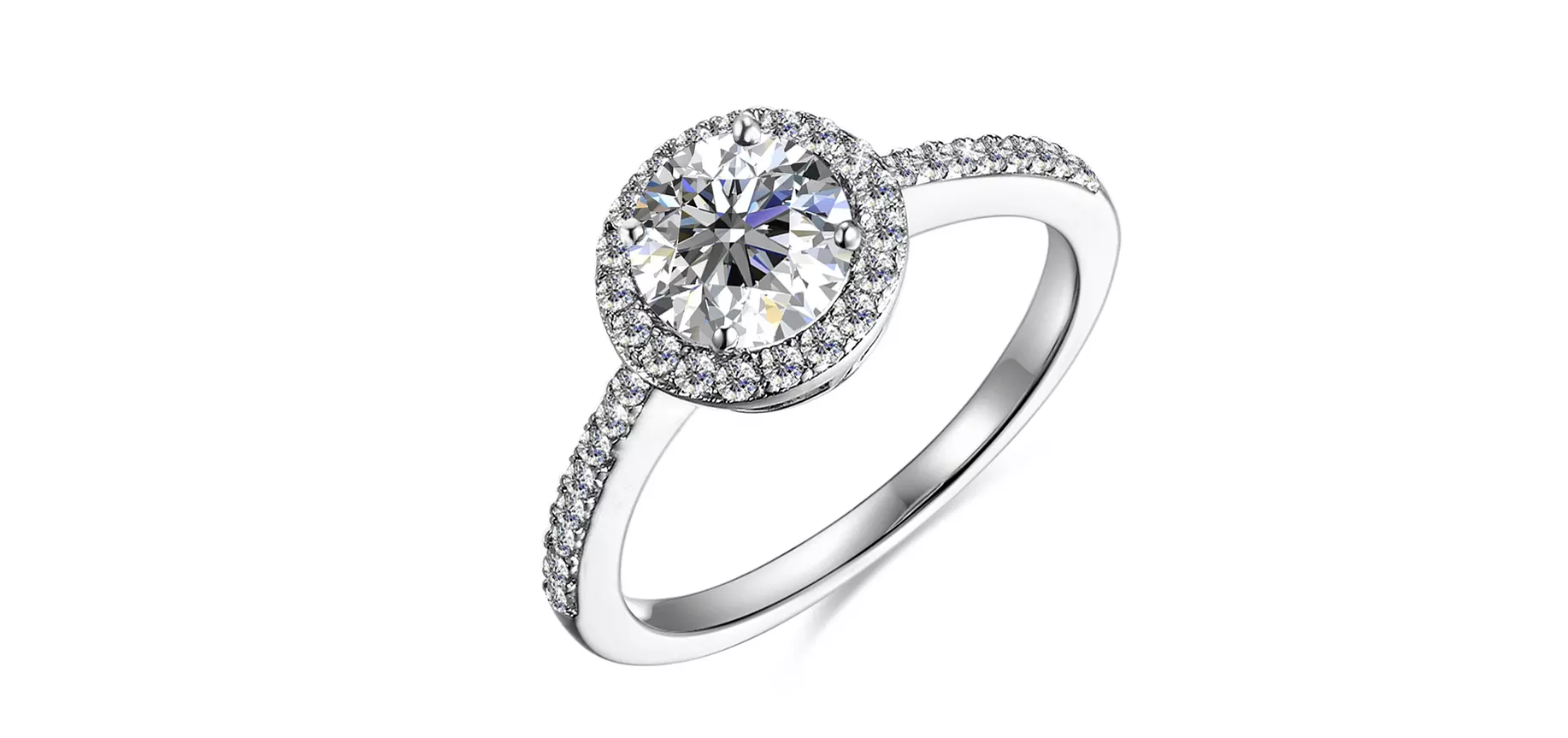
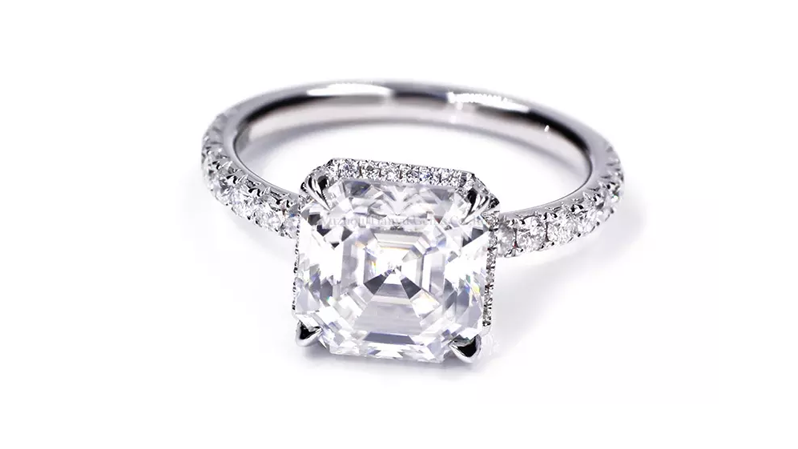
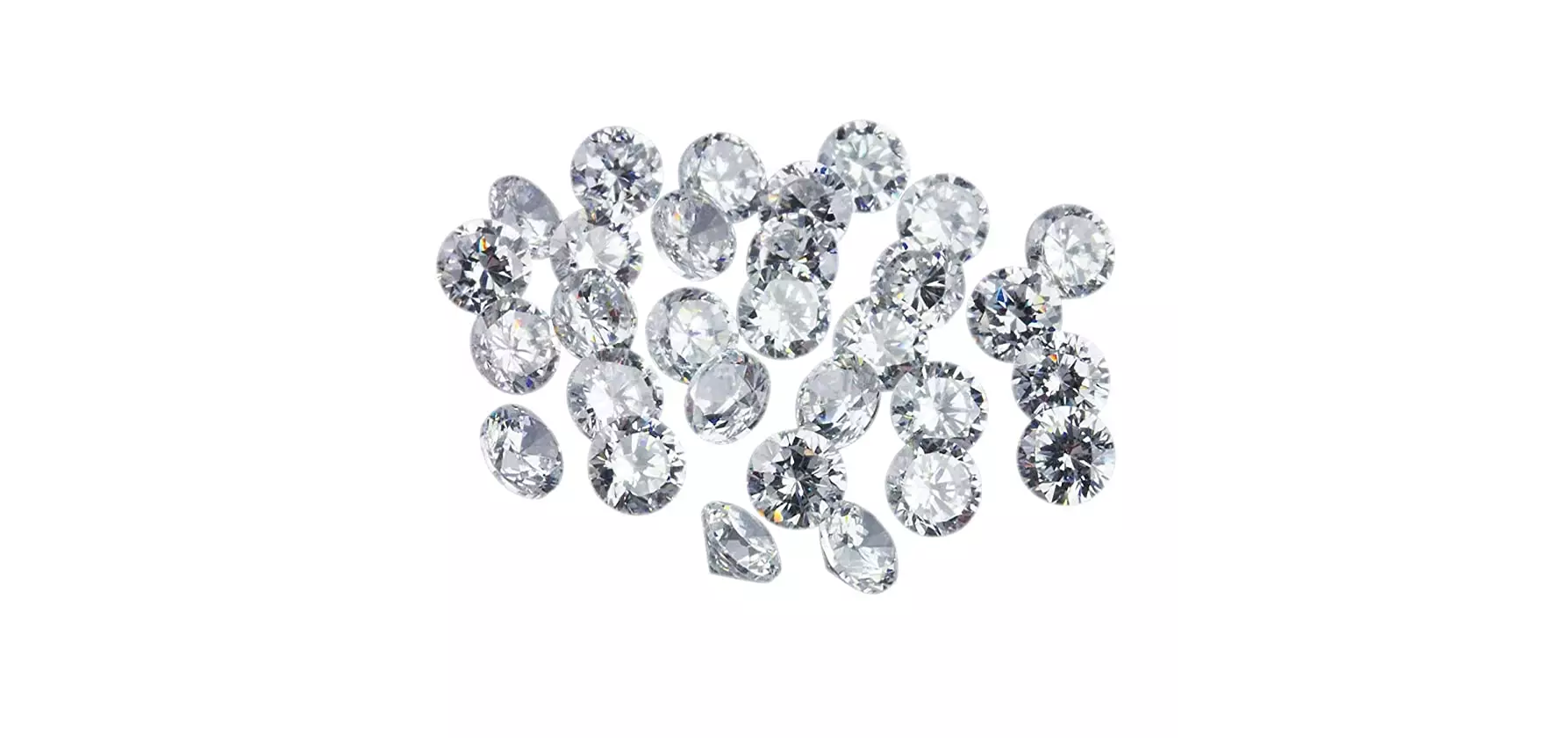
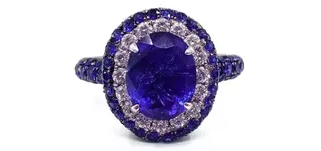
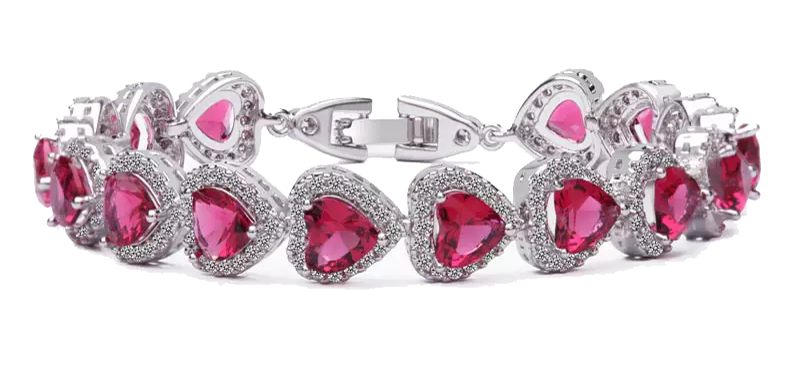
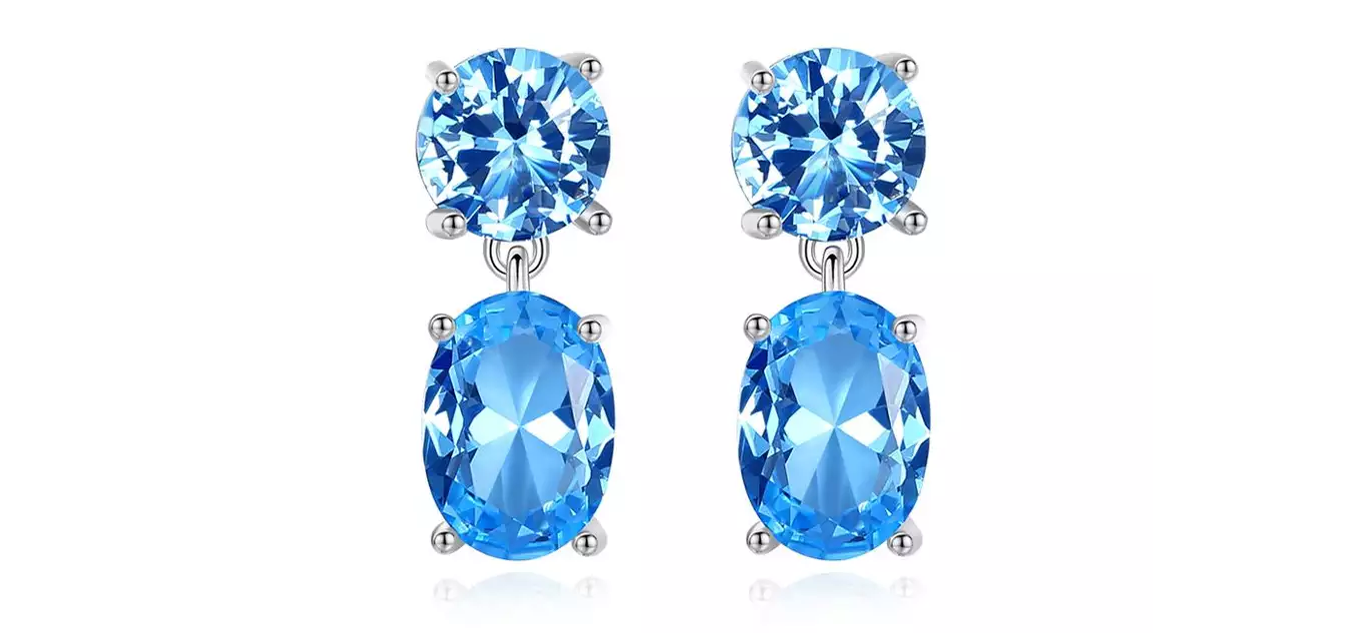
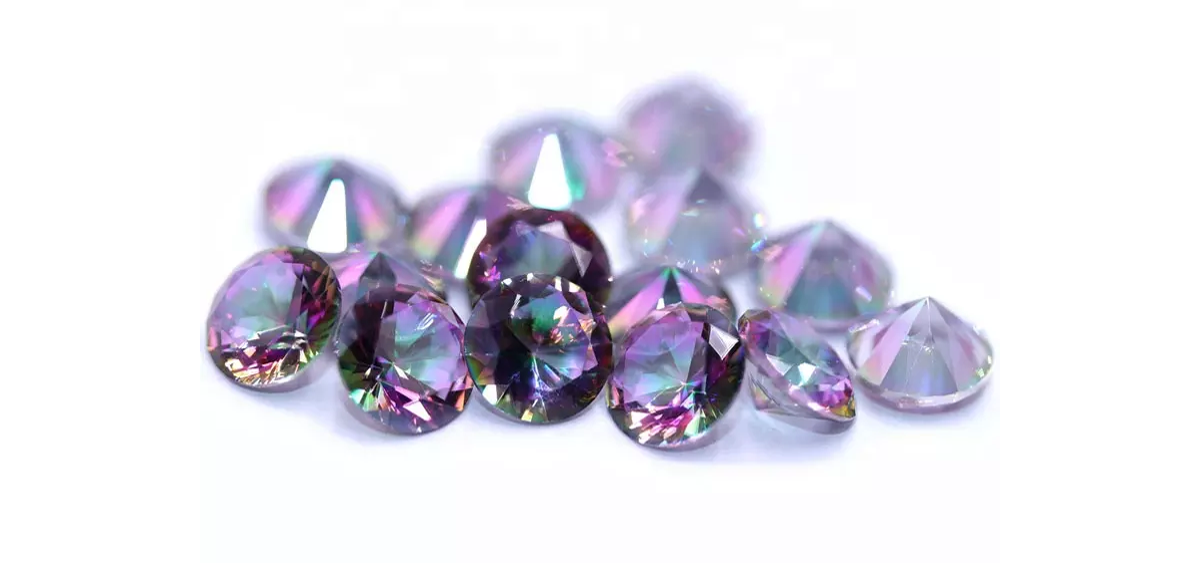
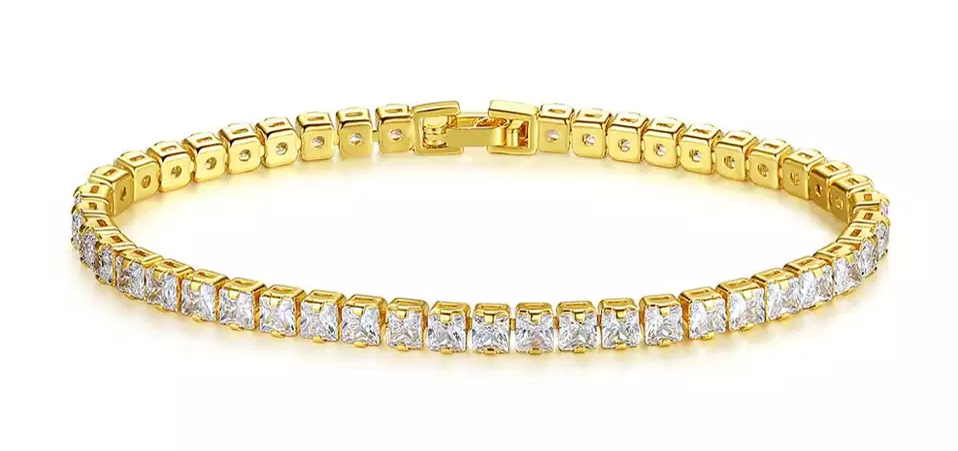
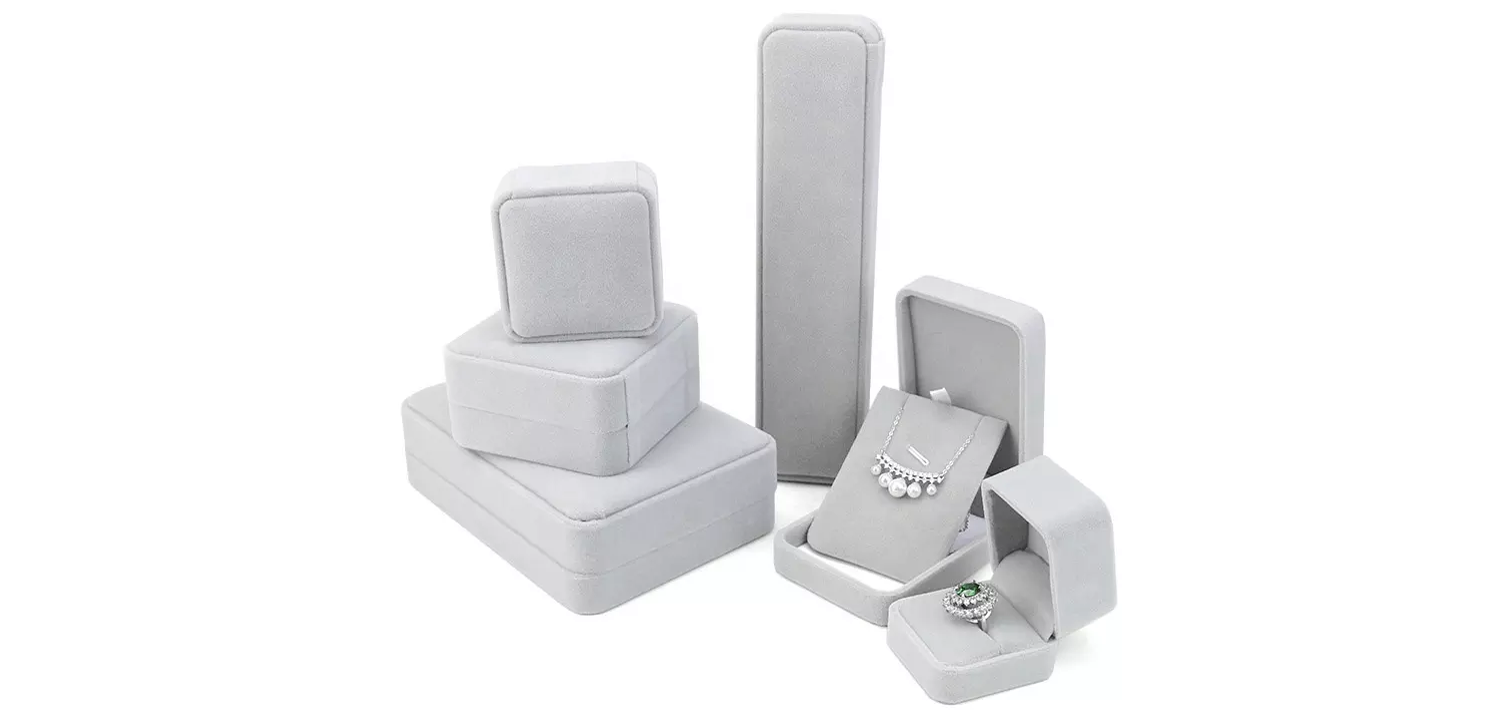
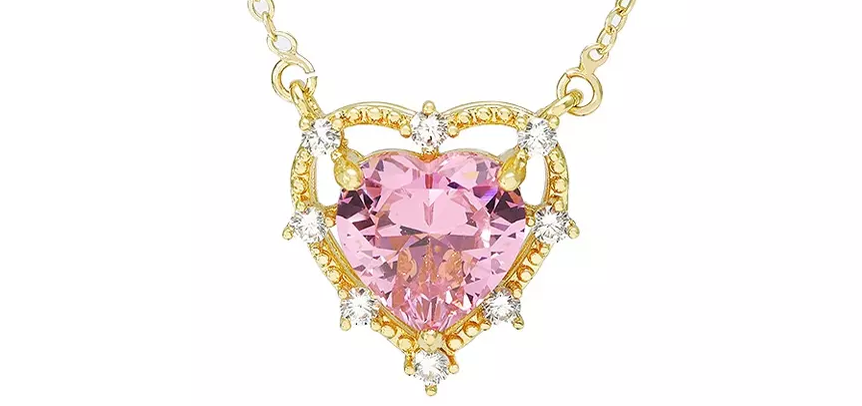

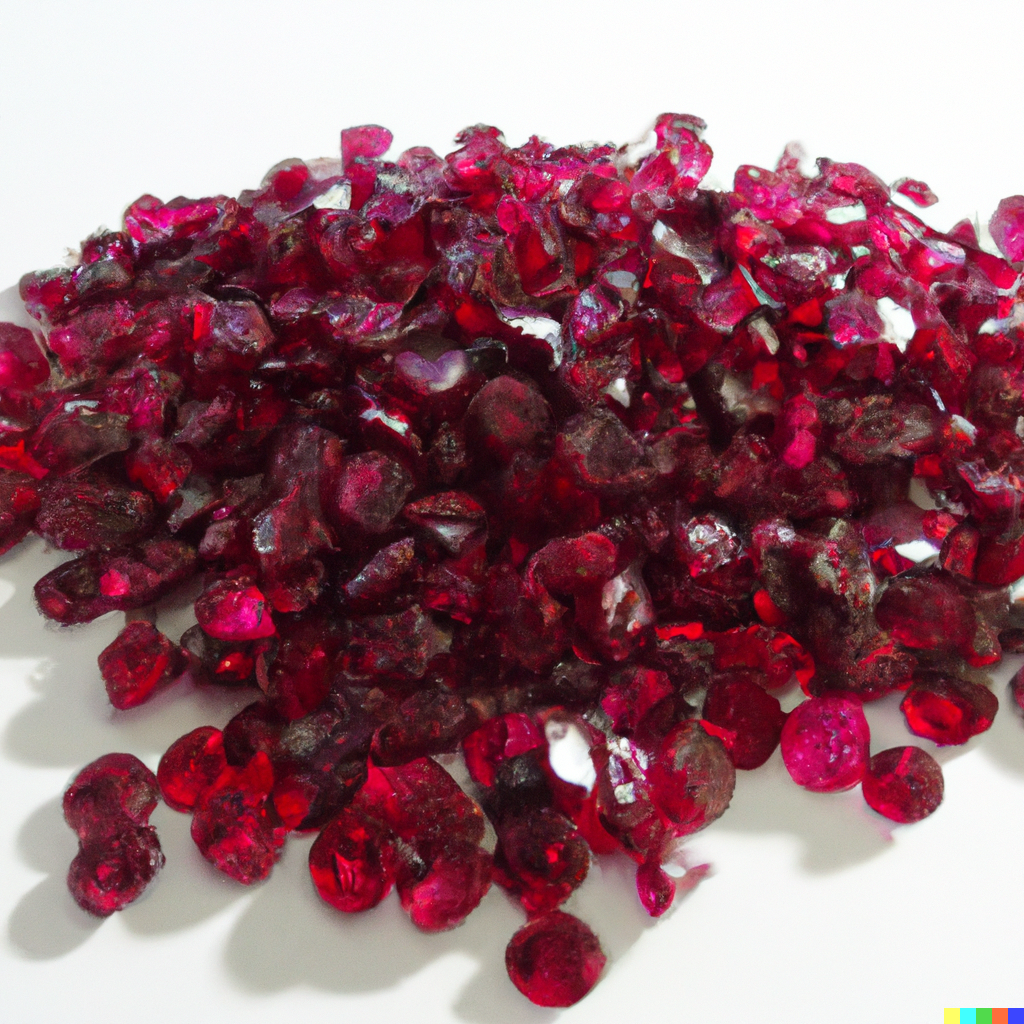
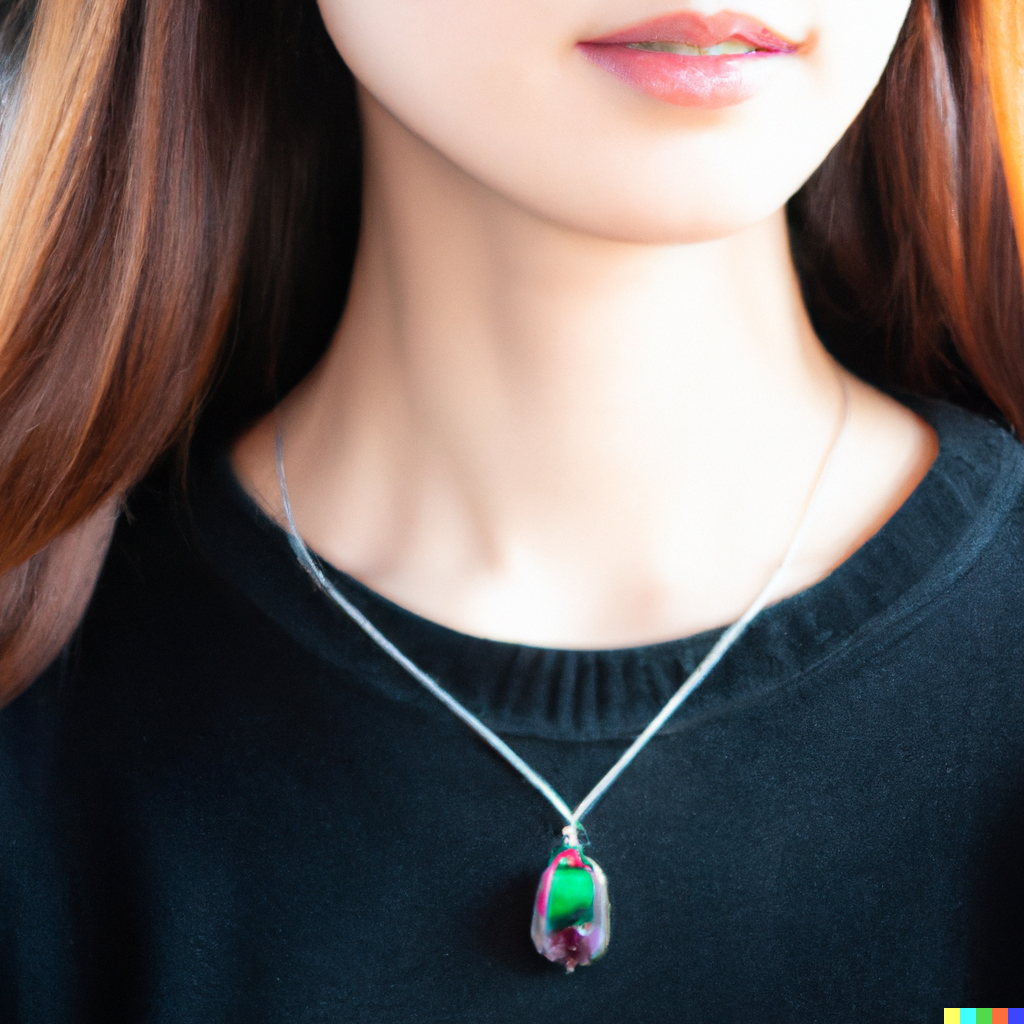
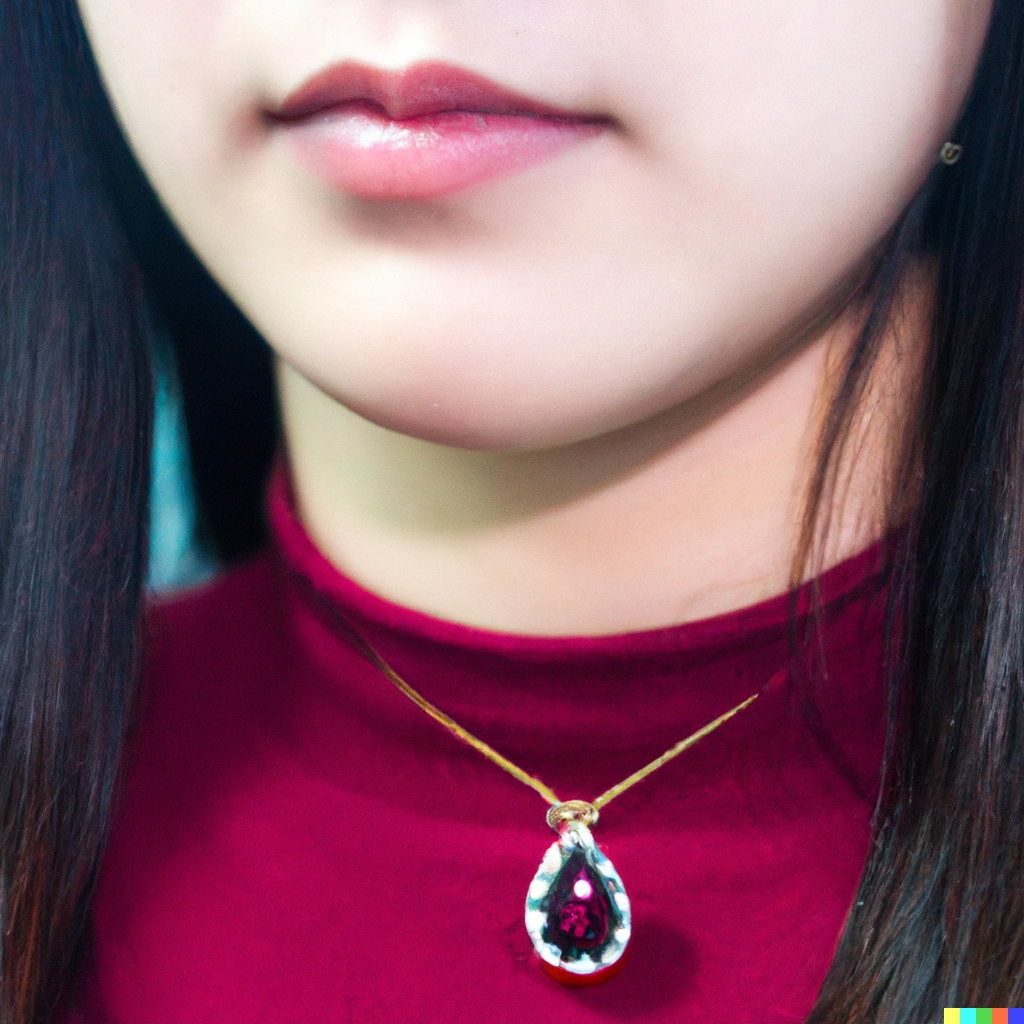
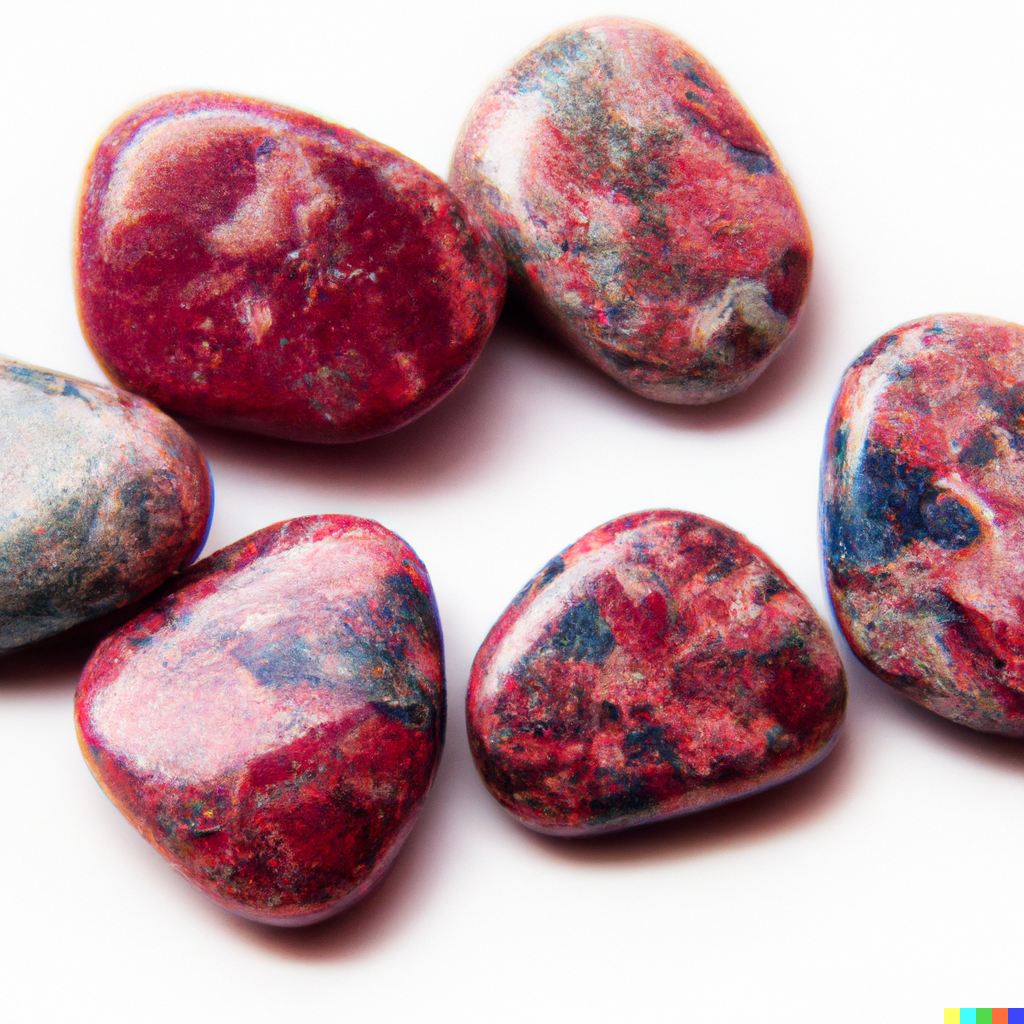
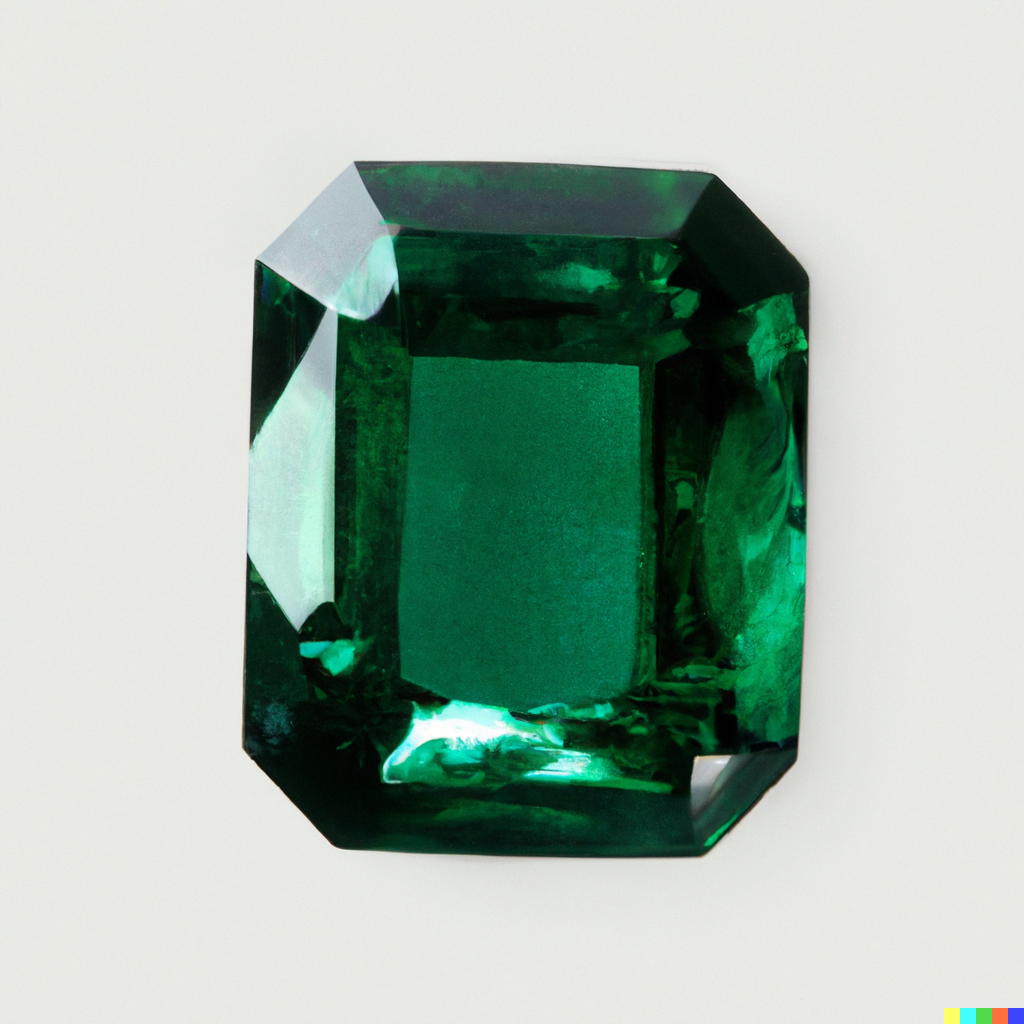
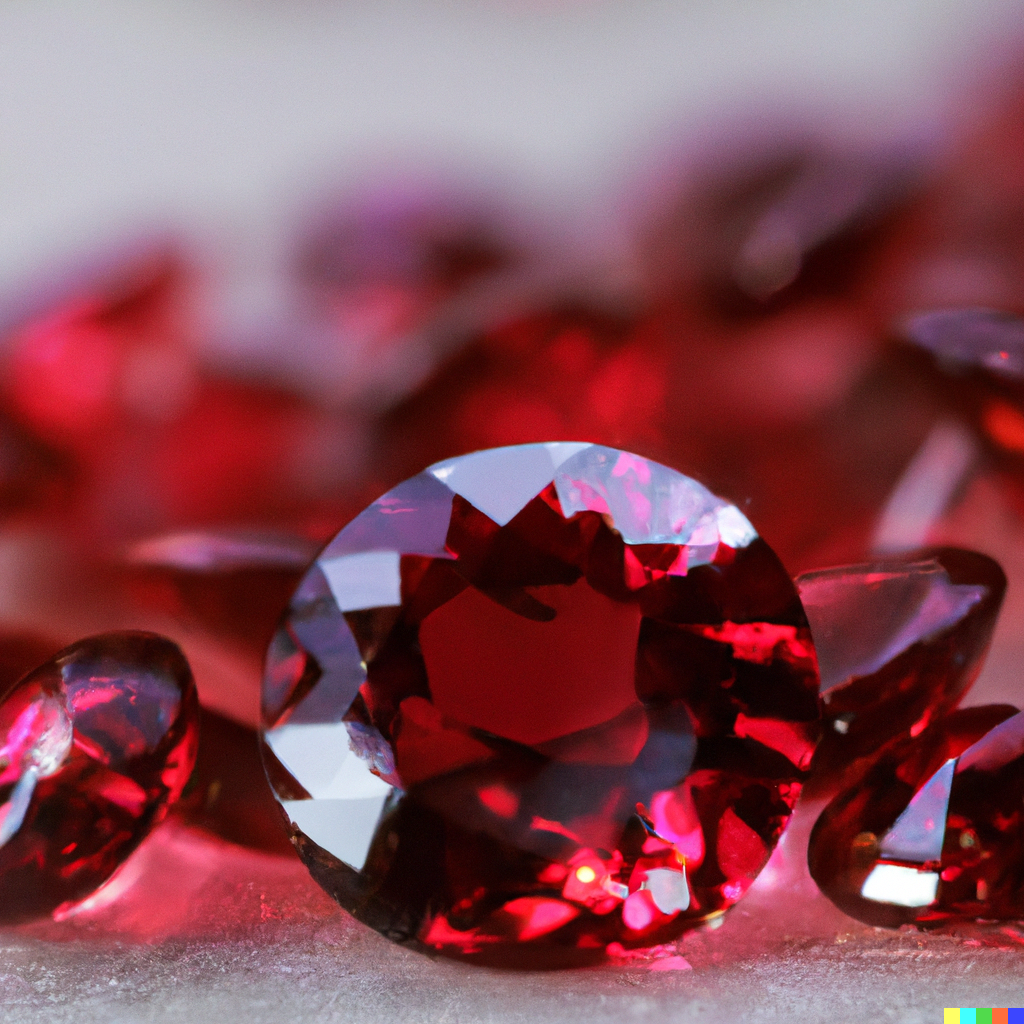
Leave a comment